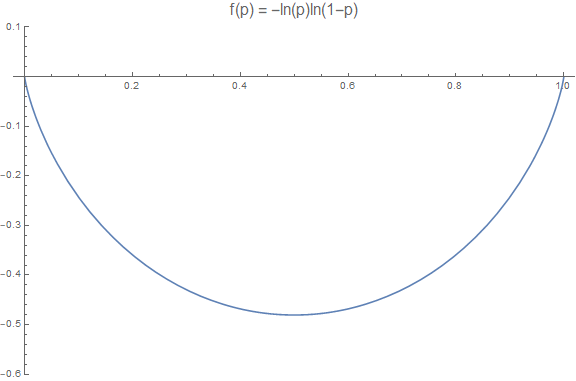Rules for crediting the course
Completion of the course will be based on credits for exercises and laboratories. The final grade will be determined using the following formula $$ \begin{cases} \frac{E+L}{2} &: E \geq 3\\ 2.0 &: E=2.0\end{cases} ~, $$ where $E$ is the exercises grade and $L$ is the lab grade. If someone receives a 5.0 and would like to get a 5.5, it will have to meet me on the Microsoft Teams.
